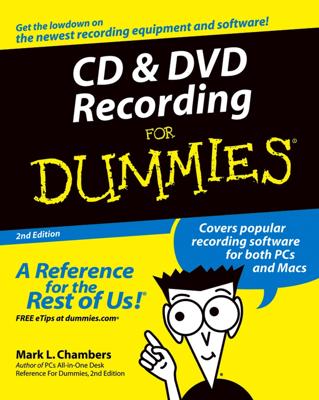The memory card is the most recent form of permanent computer storage technology. The general term memory card applies to all the different types of solid-state storage devices. These memory cards vary in size from a stick of gum to a poker chip, albeit a rectangular poker chip.
Like other storage media, memory card capacity is measured in bytes. Smaller-capacity cards store a few megabytes, although 256MB seems to be the smallest memory card available now. Top-price memory cards can hold up to 8GB of data!
To read a memory card, your PC must come equipped with a memory card reader. Most modern PCs come with a combination card reader, a series of four separate slots into which each type of memory card can be inserted. Older PCs can use a memory card reader peripheral, which attaches to the PC by using a USB cable.
You can find six main types of memory cards:
CompactFlash
Memory Stick
MultiMediaCard (MMC)
Secure Digital (SD)
SmartMedia
xD
Keep the following points in mind when considering memory cards:
A memory card isn’t the same thing as a flash drive. Both devices are similar in that they’re solid-state, but a flash drive connects to the PC by using a USB port, not a memory card slot. Flash drives are also known as thumb drives because many of them are about the same size as a human thumb.
Technologically, memory cards exist in the weird space between traditional computer RAM and disk storage. The memory cards themselves lack the high capacity of disk storage. Therefore, they won’t be replacing the PC’s hard drive any time soon. And although memory cards do not require electricity to maintain their contents, they’re still too slow to replace traditional computer memory (RAM).

